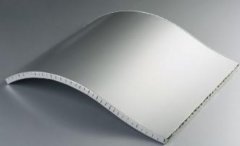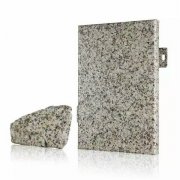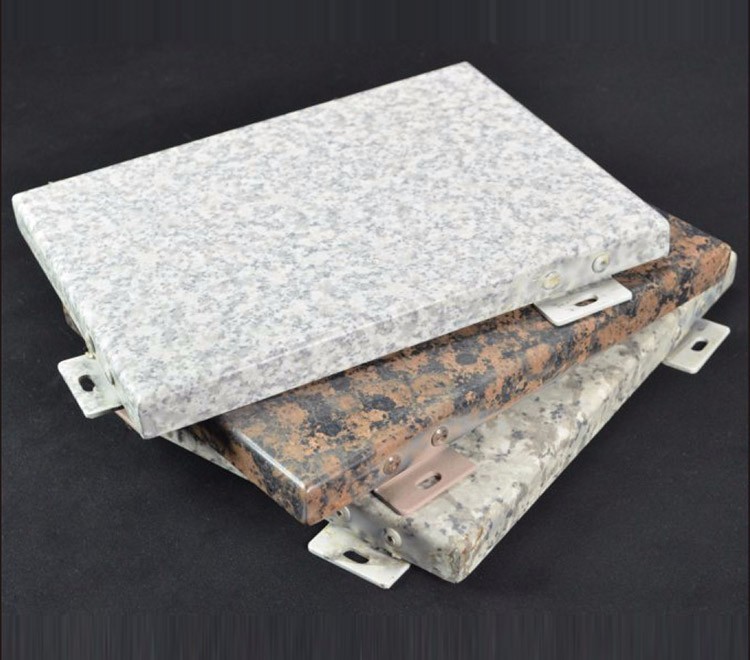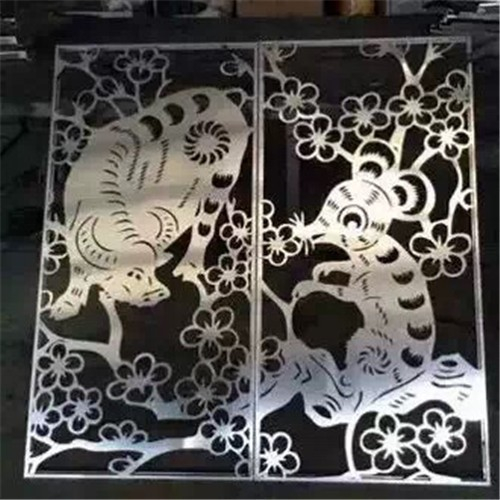Frequently asked questions
Company News
- Aluminum veneer: the fashionable "light cavalry" in modern architecture
- Aluminum Curtain Wall: The Gorgeous Coat of Modern Architecture
- Aluminum Curtain Wall: The 'Silver Cloak' of Modern Architecture
- Aluminum veneer customization: an artistic journey to create personalized spaces
- Hey guys, do you know? In the pursuit of personalized home decoration, there is a material
Industry dynamics
- Aluminum veneer, the 'green coat' of modern architecture
- Customized curved aluminum veneer for exterior walls
- Aluminum veneer: a low-key luxury choice in modern architecture
- Rigorous production process for aluminum veneer
- The color and texture options for aluminum veneer are so diverse that you can't believe it!
Frequently asked questions
- Can aluminum veneer be used for building ceiling design?
- How does the customizability of aluminum veneer affect the appearance of buildings?
- What impact does the thickness of aluminum veneer have on architectural design?
- What is the thermal expansion coefficient of aluminum veneer?
- What impact does the surface treatment method of aluminum veneer have on its price?
contact us
Mobile:+86 15627778610
Email: 2201229786
Address: No. 5 Binjiang Road, High tech Zone, Zhaoqing City, Guangdong Province
What is the thermal expansion coefficient of aluminum veneer?
- Author: Xinlongtai Aluminum Industry (Guangdong) Co., Ltd
- Release time: 2022-03-01 22:35:41
- Click:0

Aluminum veneerWhat is the coefficient of thermal expansion?
Aluminum veneer is a lightweight metal material widely used in fields such as building curtain walls, roofs, and ceilings. During use, aluminum veneer undergoes thermal expansion or contraction due to changes in ambient temperature, making the coefficient of thermal expansion a very important parameter. This article will elaborate on the thermal expansion coefficient of aluminum veneer from four aspects.
1、 Definition of thermal expansion coefficient
The coefficient of thermal expansion refers to the ratio of the change in length, area, or volume caused by a unit temperature change of an object to its original length, area, or volume. For aluminum veneer, the magnitude of its thermal expansion coefficient determines the degree of size change at different temperatures.
The thermal expansion coefficient of aluminum veneer is usually expressed in ppm/℃ (parts per million Celsius), which means that for every 1 ℃ increase in temperature, the length of the aluminum veneer increases by a few parts per million.
2、 Material characteristics of aluminum veneer
Aluminum veneer is a metal material with characteristics such as lightweight, high strength, and corrosion resistance. Compared to other metal materials, the thermal expansion coefficient of aluminum veneer is relatively large, usually ranging from 23.1 × 10 ^ -6/℃ in the temperature range of 23-100 ℃. This means that when the aluminum veneer is heated from 23 ℃ to 100 ℃, its length will increase by about 0.0023mm/mm.
In addition, the thermal conductivity of aluminum veneer is also high, so in high-temperature environments, its surface temperature will be higher than the surrounding temperature, and appropriate insulation measures need to be taken.
3、 The influence of thermal expansion coefficient on the application of aluminum veneer
The thermal expansion coefficient of aluminum veneer has a significant impact on its application in building curtain walls, roofs, ceilings, and other fields. During the design and installation process, it is necessary to consider the dimensional changes of aluminum veneer at different temperatures to avoid deformation, cracking, and other issues caused by thermal expansion.
Meanwhile, during use, due to changes in ambient temperature, aluminum veneers may undergo minor dimensional changes, which require sufficient consideration and reserved space in design and installation to avoid stress concentration and damage caused by dimensional changes.
4、 Measurement method of thermal expansion coefficient
The thermal expansion coefficient of aluminum veneer can be measured experimentally. A commonly used measurement method is the linear expansion method, which fixes the aluminum veneer sample on two supports, heats the sample, measures its length change, and calculates the thermal expansion coefficient.
In addition, there are various other measurement methods, such as suspension method, piezoelectric method, etc. Different measurement methods are applicable to different types of materials and temperature ranges.
5、 Summary:
The thermal expansion coefficient of aluminum veneer is a very important parameter that needs to be fully considered and space reserved when applied in fields such as building curtain walls, roofs, ceilings, etc. The thermal expansion coefficient of aluminum veneer is relatively large, usually 23.1 × 10 ^ -6/℃ in the range of 23-100 ℃. The thermal expansion coefficient of aluminum veneer can be measured using various methods such as linear expansion method, suspension method, piezoelectric method, etc.







 Customer service QQ
Customer service QQ